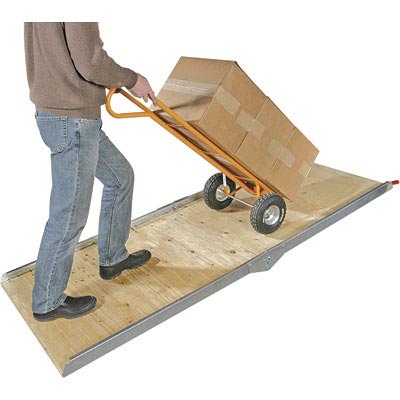How to Make a Plywood Rear Ramp

A rear ramp is used for loading and unloading heavy objects from automobiles. Having a ramp can make things a lot easier, as even if the object to be moved does not have any tires, you can place it on the ramp and slide it all the way up to the vehicle.
There are different types of ramps available in the market, but they will cost you a fortune. There is however always an option to build a simple plywood ramp at your home.
Things Required:
– Screw driver
– 2 pulleys
– Saw
Instructions
-
1
Decide on the size of plywood required for your project. It depends on the height and width of the vehicle for which you want to build the ramp. Use measuring tape to measure the height of the surface where objects are placed on the mini truck. Also measure the width of the back panel from where you slide the objects on to the vehicle.
-
2
Draw a triangle with the height of the truck as the perpendicular and choose the base to be about 5-8 feet in size, depending on the size of the truck. Calculate the hypotenuse of the triangle. The length of hypotenuse will be the height of the required plywood board, and the width of the vehicle will serve as the breadth of the plywood board.
-
3
You will not be able to get the board of the exact size so use saw to cut the board to the perfect size. Put the board on the floor and mark two points for the installation of holders on the backside of the board. These holders will hold the ramp in its place when it touches the ground.
-
4
Make a third mark at the exact centre of the board and attach a small metal pulley on it. With the help of a pulley you will be able to move the ramp up and down the vehicle by applying minimum amount of force.
-
5
Fix another pulley on the top of the entry point of ramp in the vehicle. If there is no support available to install a pulley, install a metal rod first and then attach the pulley to the metal rod.
-
6
Get high quality ropes from a hardware store and put them in the pulley mechanism. The rope must not only have the capacity to bear the load of the ramp, they should also be able to withstand the stresses during the loading and unloading of objects.




